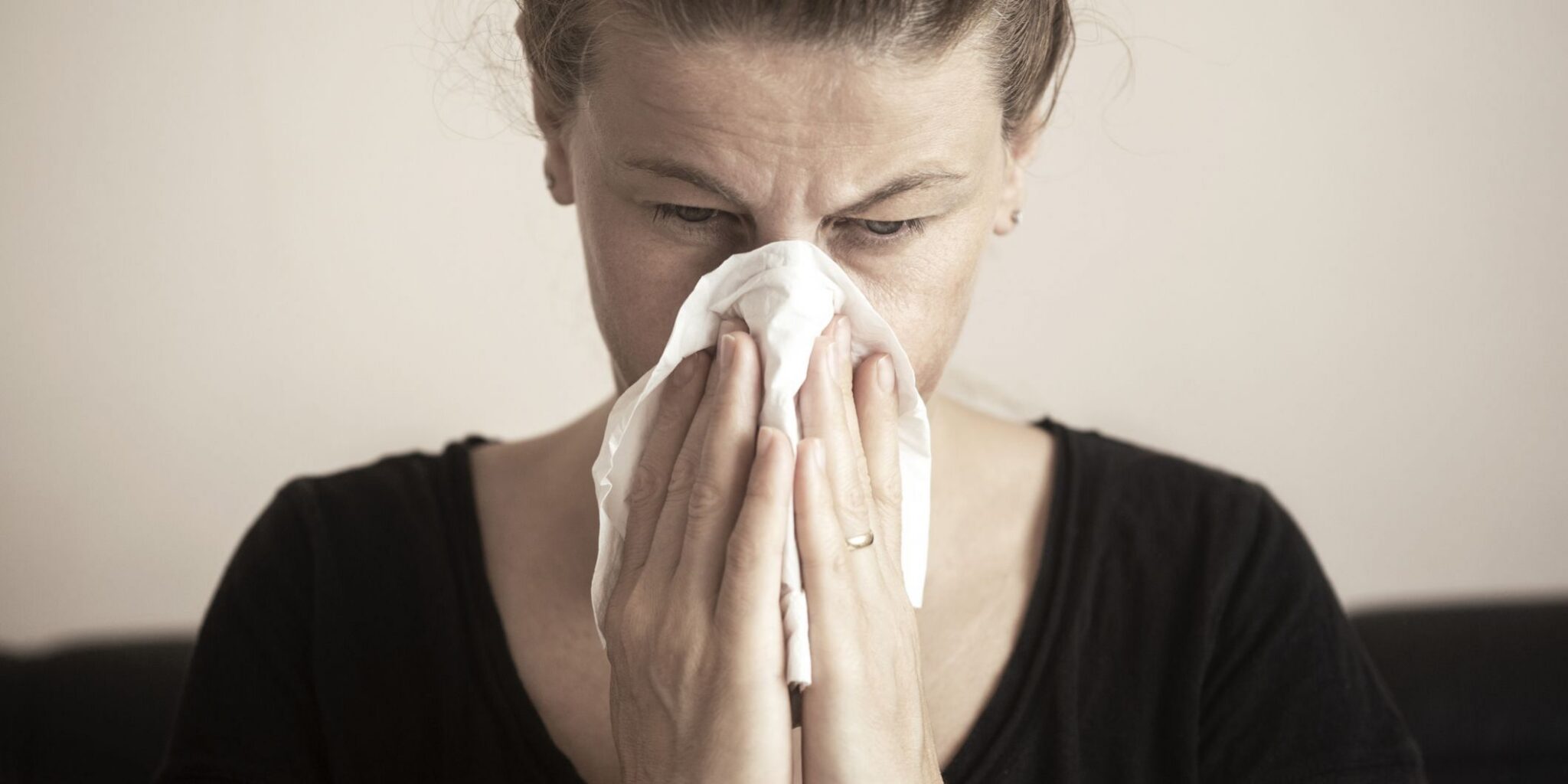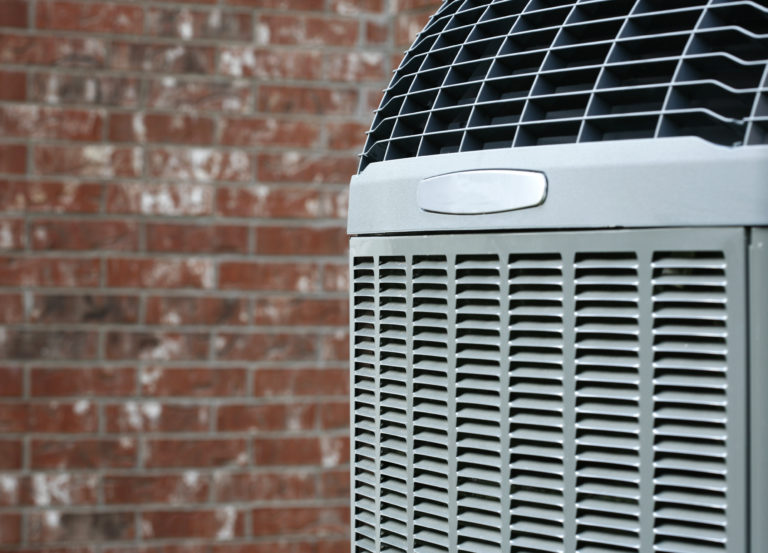3 Things That Cause Poor Indoor Air Quality And What To Do About Them

Home sweet home, right? Unless your home’s indoor air quality is severely compromised, then it’s not so sweet. Here are three things that could be making the air you breathe a major health hazard.
1. VOCs
Numerous household items emit Volatile Organic Compounds. These include paints, paint strippers, solvents, wood preservatives, cleaner and disinfectants. Even some products designed to freshen the air actually make it worse by releasing VOCs.
Canned chemicals aren’t the only culprits. Furniture and building materials also contribute to poor indoor air quality because they’re made with formaldehyde, a toxic gas.
With so many things giving off harmful compounds, it’s no surprise that concentrations of VOCs are ten times higher inside than outdoors, according to the U.S. Environmental Protection Agency.
Health Effects
Side effects of VOC exposure range from mild to severe, including dizziness, nausea, headaches and allergic reactions.
What To Do About It
Combat VOCs by opening the windows when using household cleaners, paint and other chemical-laden products. Toss those little-used containers away and take heed of warning labels. Also, curb your use of scented candles and air fresheners. Sure, they smell good, but they foul up your air. Use natural alternatives such as potpourri and beeswax candles.
2. Pets
We love our furry friends. Their dander? Not so much. Dander is essentially pet dandruff that becomes airborne, settles onto surfaces and becomes dust-mite food. It builds up in carpets, mattresses, pillows and furniture. Even worse, dander can circulate through your air ducts, spreading to every corner of the house.
Health Effects
Maybe you’re not allergic to cats or dogs, but excess dander is a breeding ground for dust mites, which trigger a variety of allergic reactions such as asthma.
What To Do About It
Brush and vacuum. A LOT! Brushing not only remove excess hair, it distributes your pet’s natural oils throughout the coat, reducing the amount of dander produced. Plus, it’s a nice way to bond with your fur buddy.
3. Dust
If your home is excessively dusty, it could be a sign that there is a leak in your air ducts. A gap on the return side, which draws air up through the HVAC, could be pulling in dust from the basement, garage or attic where rodents dwell. That’s a worst-case scenario. The other possibility is that you’ve simply neglected to change your filter.
Health Effects
Where there is dust, there are dust mites. These microscopic pests are powerful allergen producers. Symptoms in allergy sufferers range from a runny nose, watery eyes and sneezing to a full-on asthma attack.
What To Do About It
If it’s been more than 90 days since you last replaced your filter, do so right away. That could immediately improve the quality of your indoor air. However, the cause of your dusty dilemma could be more complicated. If you suspect you have a leak in your ducts, contact a professional HVAC technician to seal and insulate the duct.
Other Air Quality Control Measures
Other common causes of indoor air pollution include excess humidity, which leads to mold, or excessively dry air (hello sinus infections!).
Absolute Plumbing, Electrical, Heating & Air can analyze your indoor air quality and provide effective solutions, such as UV air scrubbers and filters to remove airborne pollutants. In short, we’ll have you breathing better air. To schedule an appointment, call 720-669-4188.
CONTACT US
Request Service


Save Every Year with an Absolute Advantage Membership
Expert Annual System Safety Inspections & More
- Priority service
- Waived dispatch fees
- Yearly furnace, A/C, & electrical system inspections
- 10% discount on repairs and additional diagnostic services
- Up to $500 off HVAC & electrical panel replacements







